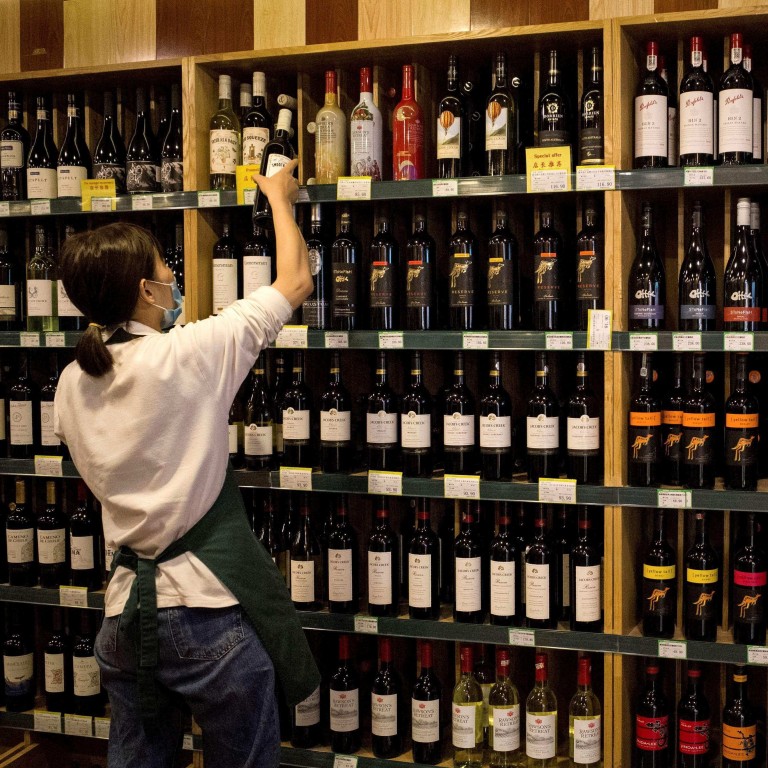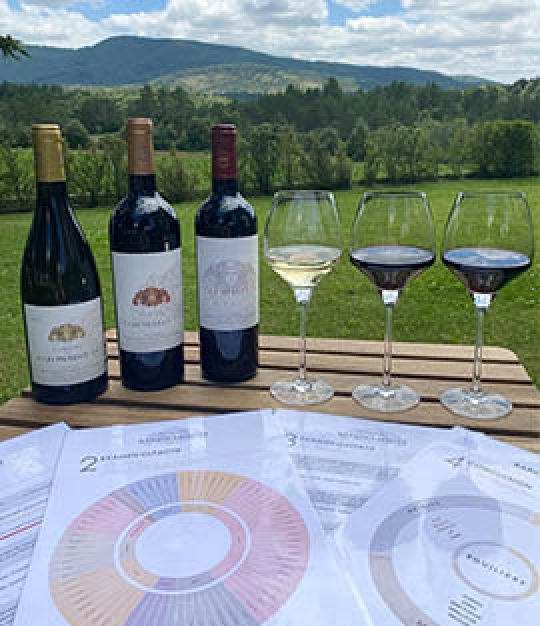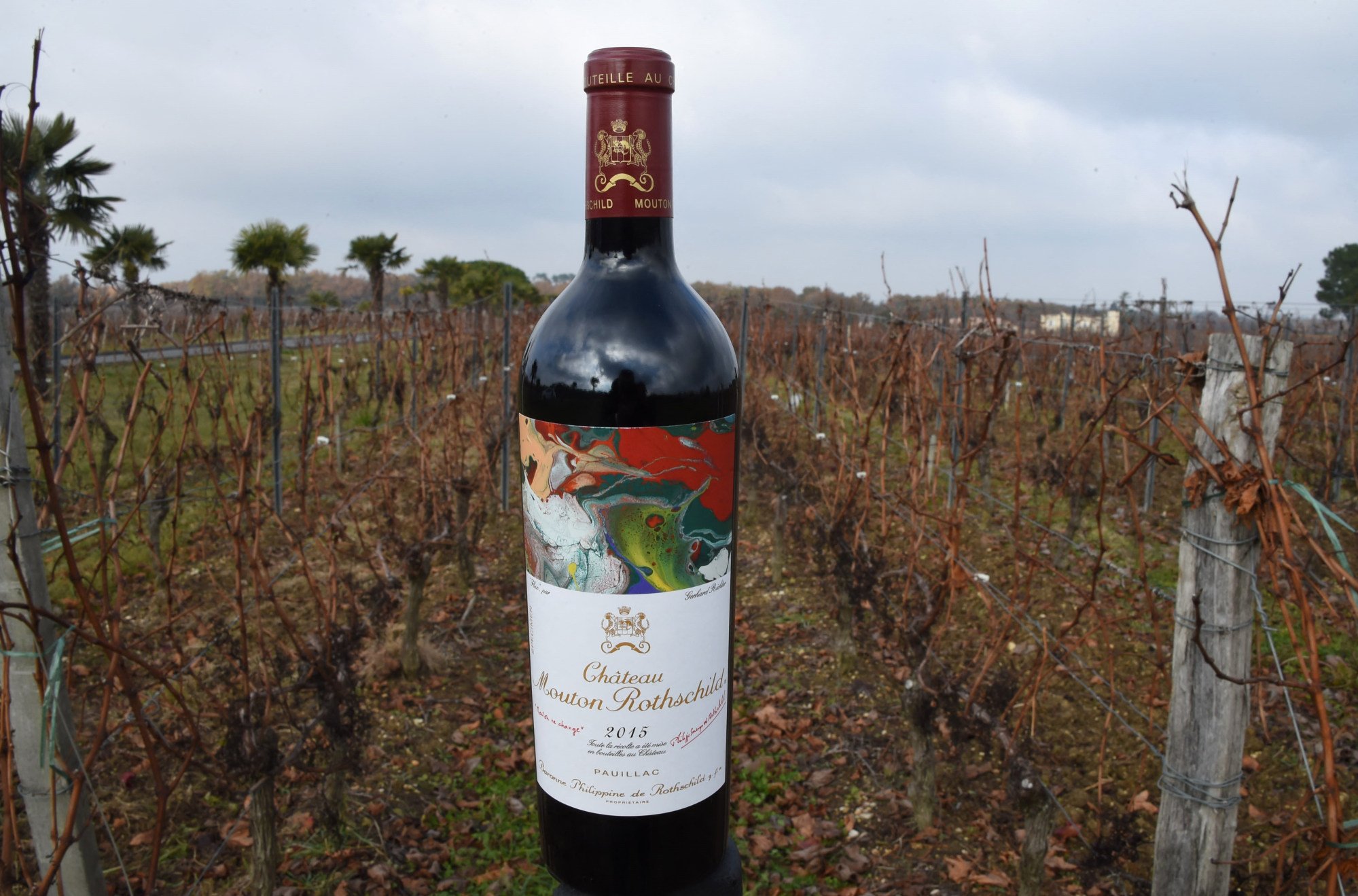
China-Australia relations: tax on Aussie wine gives Rothschild family’s estate the chance of a lifetime to supplant Australia’s wine in tempting Chinese palates
- A 370-year-old vineyard of the legendary Chateau Mouton Rothschild aims to bring some 11,000 more bottles of wine to China, a quarter of its production from current 10 per cent
- China has officially slapped duties up to 218.4 per cent on Australian wines
The family of Baron Philippe de Rothschild, owner of one of the most sought-after great wines of Bordeaux, is allocating a record volume of its entry-level wine to China, as it sees the chance of a lifetime to sell more to the world’s fastest-growing population of wine drinkers.
Domaine de Baronarques, a 370-year-old vineyard owned by the family behind the legendary Chateau Mouton Rothschild, plans to ship about 11,000 bottles – or 25 per cent of annual production – to China, more than doubling its current allocation for the market, said its managing director Augustin Deschamps.
“Customers [in China] are looking for a bigger diversity of wine than before, with more curiosity and a high level of expectations,” Deschamps said in an interview with South China Morning Post from Limoux city in the Languedoc-Roussillon region in southern France, about four hours drive from Bordeaux. “It’s now a very exciting competition, with more space for new quality wines.”


“Australian wines were sought after in the mass market of China because of the balance of quality and the entry-level prices,” said Cai Xuefei, an analyst Zhiqu Cultural & Creative, a liquor sector consultancy. “Winemakers elsewhere with reasonable price can take this good chance to win over Chinese wine drinkers.”
“It is one of the chances of a lifetime for us to introduce our wines to this very demanding market, and thus we decided to convince as many distributors as possible all over China and Hong Kong, to get the widest distribution possible,” said Deschamps. “We would then be more visible and better known and we hope the sales would increase.”

Baronarques plans to price its signature red and white at 500 yuan (US$76) a bottle in China, or HK$400 each in Hong Kong, a far cry from the 2018 Mouton Rothschild, listed recently for HK$5,200 for a standard bottle at a Beijing wine shop, inclusive of a 13 per cent import tax. The estate is working with at least 30 importers in the country, Deschamps said. That would be competitive with New World wines, most of which – with the exception of Penfold’s Grange and Napa Valley’s cult wines – sell for three-digit figures in China.
“Wines in such price brackets would be quite attractive, especially since it is under the Rothschild family where quality is guaranteed,” said Isabella Ko, founder of the wine importer Oh My Dear! and The Merchants, a wine bar, cafe and gallery space in Beijing. “We’ve seen an increasing appetite and curiosity for new wines among Chinese drinkers.”

